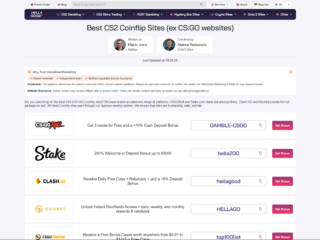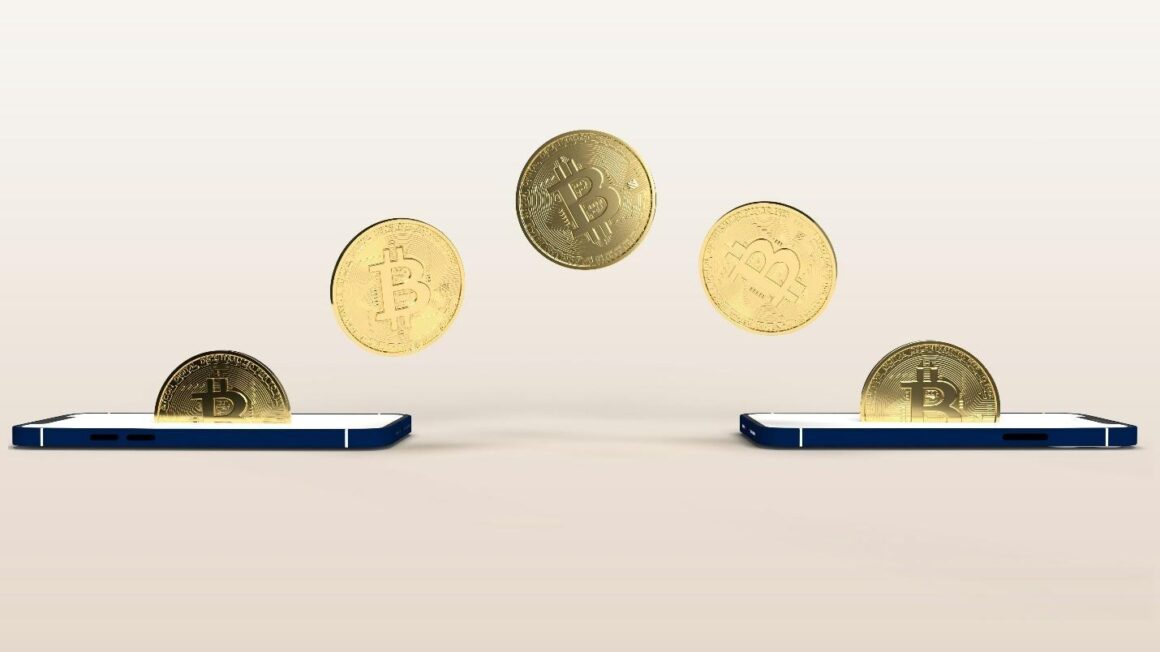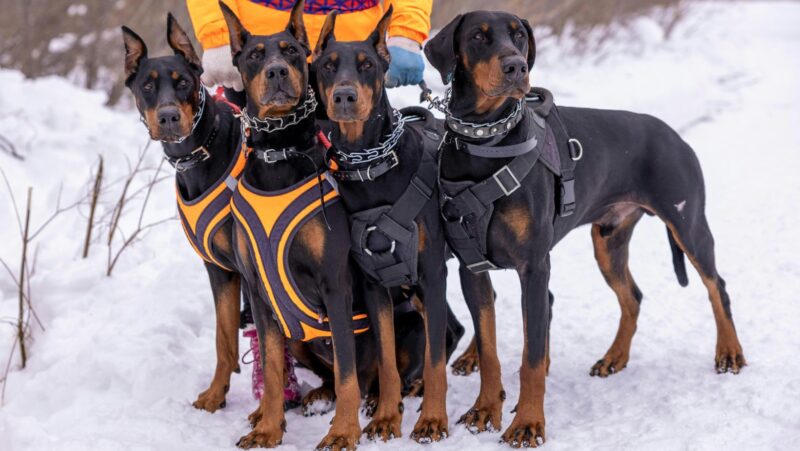
Have you ever leapt into Rust and wondered why that bright, custom–painted rifle you won feels as exhilarating as scoring a headshot? Over the last 10 years, Facepunch Studios’ survival sandbox has altered from bare-bones crafting and PvP into a bustling virtual marketplace—one where cosmetic “skins” bear real-world value and fuel participant engagement in unanticipated modes.
As of Q1 2025, Rust averages approximately 100,000 concurrent players, with peak moments exceeding 260,000 (and an estimated 1 million monthly active users). No wonder, when you log in, you’re entering not just a game; it’s a dynamic economy where your digital loot can be bought, sold and wagered.
Skins as Currency: How Game Design Hooks You In
You’ve probably twigged that some skins in Rust look downright rare—between the gleam of a limited-edition hoodie to a camo pattern no one else seems to own. Initially, these cosmetics were purely aesthetic; today, they’re traded like assets: you can earn them through loot crates, direct purchase or player-to-player swaps on platforms like the Steam Community Market. Most store items range from $1 to $4. Meanwhile, on the open market, you’ll find prices between $0.11 and $1,800, with the majority of respectable skins lying around the $2–$3 mark.

Meanwhile, many now opt to win skins at Rustly—an example of a platform where players can win or purchase rare skins, rendering them a nucleus of the gameplay undertaking. The overarching design choice—mixing rarity, randomness and tradeability—keeps you pursuing that next drop. Developers benefit, too, as active marketplaces translate into enduring engagement. When you spend time and (sometimes) money chasing a skin, you’re invested in the world even more profoundly than previously.
The Lure of Skin Gambling: Your Skins on the Line
Picture this: you load into a third-party site, deposit your prized “Deep Ruby SAP” skin (worth around $2.50) and play a roulette-style game to try and multiply its value. Skin gambling platforms let you wager items on coin flips, jackpot draws and eSports match outcomes.
Because skins have market-determined values, they effectively act as casino chips.
It’s easy to lose sight of the stakes when you’re dealing with pixels ahead of cash; however, skins can be cashed out or sold at any moment. This obscures the line separating gameplay and betting, confirming that every win feels just that much dearer (and conversely, every loss a little more acute).
Market Volatility: When Your Next Trade Could Make—or Break—Your Wallet
If you’ve ever tracked skin prices, you will undoubtedly know how outlandish the swings can be: demand swells after updates or when a popular streamer displays a rare drop. Limited-time or discontinued skins often soar in price, only to tumble once the hype wanes. This volatility has produced a new cluster of “skin investors” treating their inventory like a stock portfolio, purchasing low and selling high.
Keep in mind, though: the same market forces that can earn you a profit can just as rapidly annihilate any gains. As an example, a skin worth $100 today might be $30 tomorrow if interest withers. Ergo, remaining on top of trends is critical, so if you’re in for the long haul, set your alerts and observe community forums closely.
Legal Gray Area: What You Need to Know Before You Bet
You might be wondering, “Is any of this even legal?” Well, in many jurisdictions, skin gambling sits in a regulatory gray zone—here, traditional laws don’t neatly cover digital items. Some platforms have shut down for operating without valid licenses or for facilitating bets involving minors. In contrast, others now demand age verification or have tweaked their terms of service to dodge legal troubles.
So, as a player, it’s advisable to do your homework. Stick to reputable sites, read up on local regulations and never gamble more than you can afford to forfeit. One caveat: remember, if you wouldn’t bet $100 in a real casino, think twice before wagering a skin of equivalent value.
Ethics and Game Design: Where Should Developers Draw the Line?
Game makers face a formidable balance: on one hand, tradeable skins promote greater engagement and generate creative opportunities for the artists who design them. On the other, integrating gambling-like mechanics into a game risks publicizing addictive patterns—particularly among younger, more impressionable players.

Some developers have reacted by aiming for greater transparency (e.g., publishing odds for crate openings) and stricter age gates. Still, it’s shrewd for you to set personal limits—treat skins as fun collectibles first; anything beyond that should be regarded as high-risk entertainment.
Community Impact: From Streamers to Skin-Focused Servers
If you follow Rust streams, you will have surely witnessed the fever: hosts displaying ultra-rare skins, viewers clamoring for drops, giveaways sparking spikes in viewership. In 2025, entire servers now rotate around skin trading and betting, with custom game modes built around high-stakes wagers.
For creators, the skin economy has unfurled new revenue streams—community artists earn a stake of each sale when their designs go live. This ecosystem ties together developers, creators and players, stimulating a culture that treasures gameplay skill and market savvy in equal measure.
Behind the Scenes: Tech Powering the Skin Market
Under the hood, APIs enable trading bots to automate buys and sells while some platforms employ provably-fair algorithms to audit gambling outcomes. Meanwhile, others are experimenting with blockchain for escrow and ownership tracking. As NFTs and decentralized tech ripen, we may see even more hardy systems—though undoubtedly with fresh regulatory challenges.
Final Thoughts: Finding Your Balance in the Skin Economy
Next time you load into Rust, remember you’re part of a vast, player-driven economy. Between collecting, trading and gambling skins, keep your goals explicit: are you there for the joy of the hunt, the potential profit, or both? Specify rational limits, remain educated on market trends and (above all) relish the unique combination of survival gameplay and virtual commerce that makes Rust so compelling.
Through an approach of treating skins as both collectibles and high-risk assets, you can traverse this ecosystem thoughtfully—and maybe even come out ahead in the process. But most of all: have fun out there!










